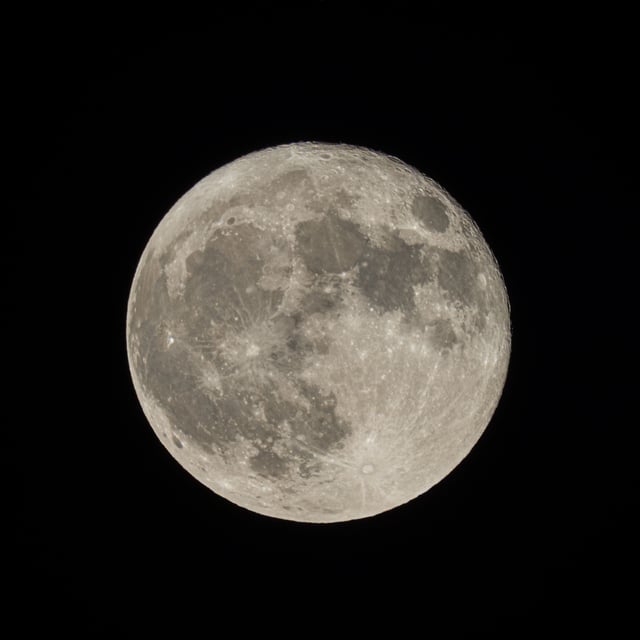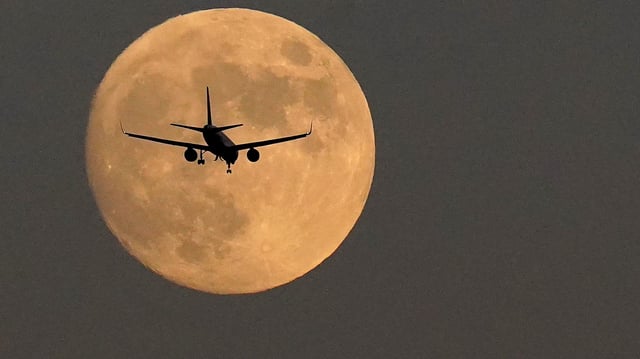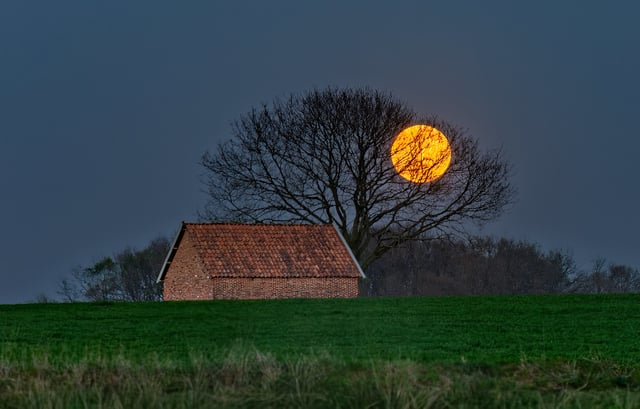Overview
- Peak fullness arrives around 11:47–11:48 p.m. ET Monday (4:48 a.m. BST Tuesday), with the moon looking full through Tuesday night.
- Skies are forecast to be clear or mostly clear across much of the U.S., with patchier visibility in parts of the UK and northern areas where clouds linger.
- This is the first of three consecutive supermoons, followed by the Beaver Moon on Nov. 5 and the Cold Moon on Dec. 4.
- Higher-than-usual tides and localized coastal flood advisories are in effect along parts of the U.S. Southeast due to the moon’s closer pass.
- For the most dramatic view, watch shortly after moonrise on the eastern horizon; UK observers can look around 6:00–6:20 p.m. BST, and the perceived extra size near the horizon is the Moon Illusion.



